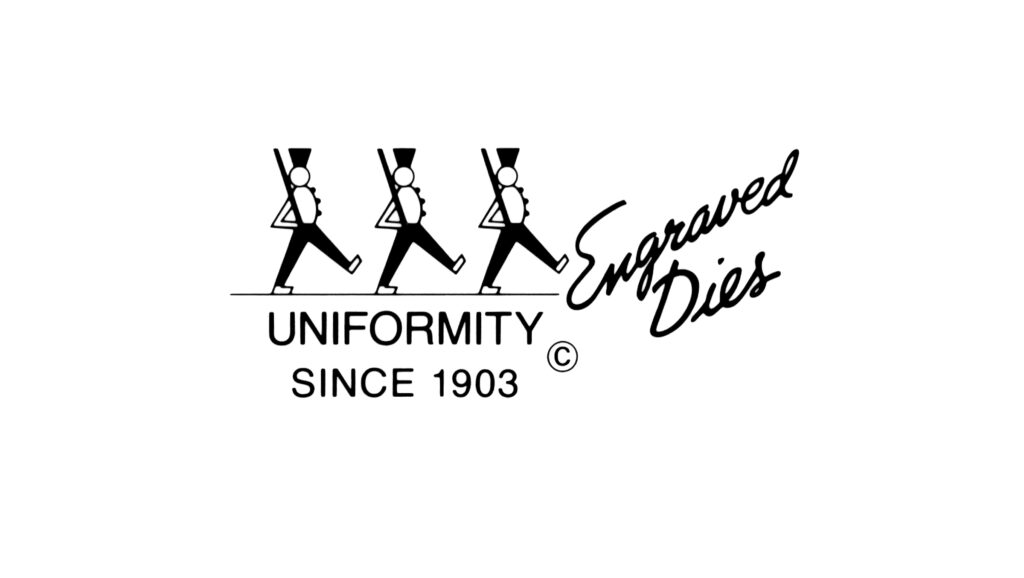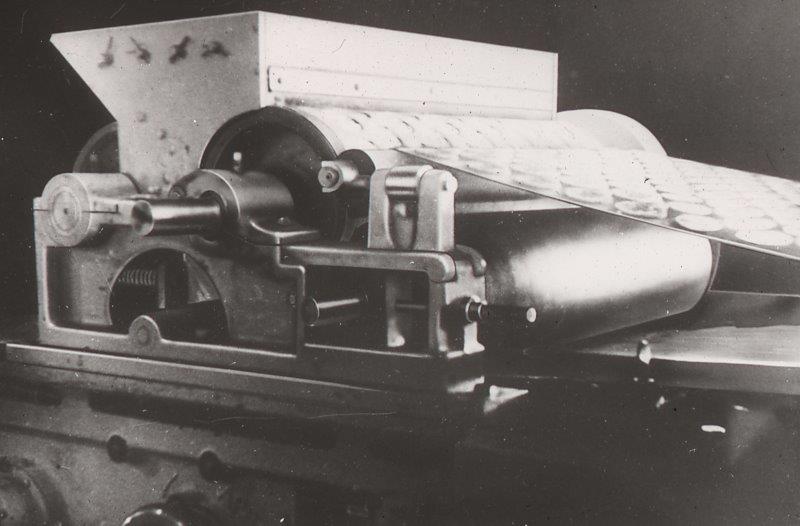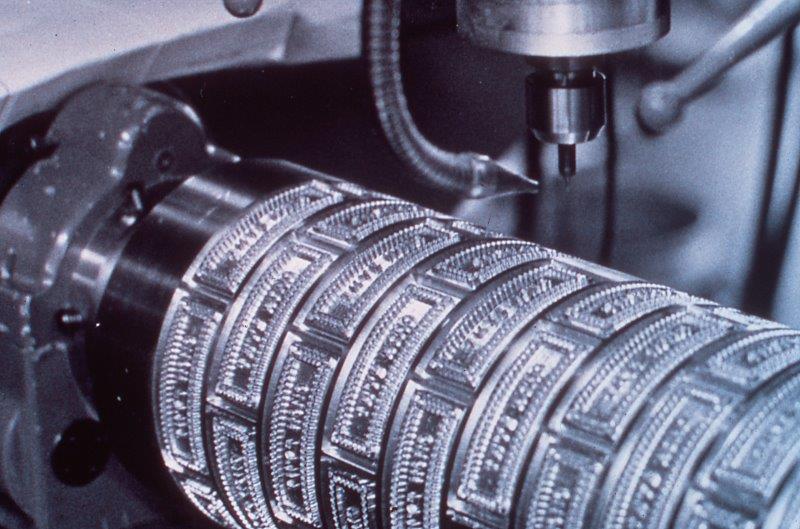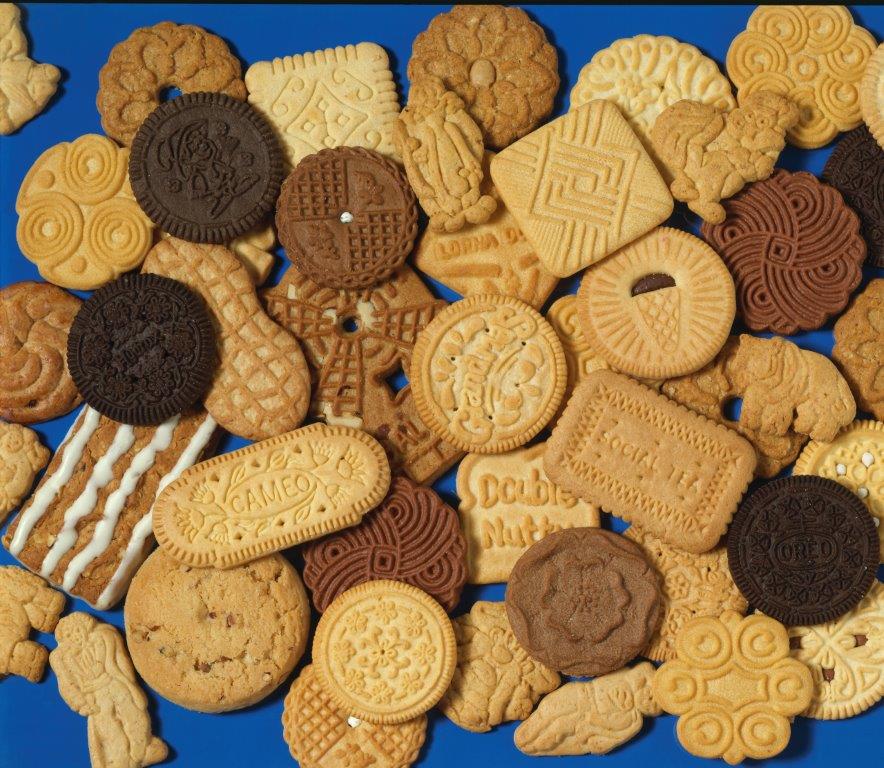In the beginning
Weidenmiller Company originated in 1903 by August Weidenmiller, an expert brass embossing die designer and hand engraver, who began engraving embossing dies for National Biscuit Company at his home workshop in Chicago. The first of which was named Baby Bunting, displaying a youthful Davey Crockett character carrying his rifle, followed by a little rabbit.
In 1910, at age 14, Edward Weidenmiller, son of August, began learning the trade from his Father. In 1912, Ed’s older Brother, Emil Weidenmiller, joined the Company, bringing his expertise as a steel stamp engraver. In 1914, the first engraving machine was purchased which modernized the engraving process to increase production of the embossing dies and steel stamps.

 Coatings
Coatings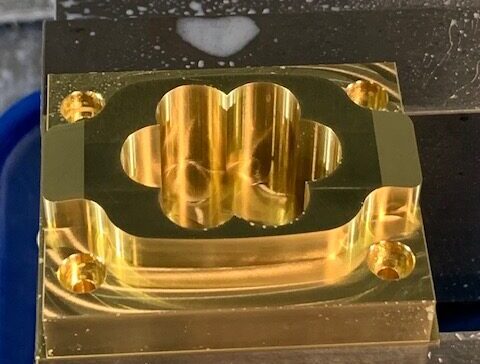 Wire cut / extruding
Wire cut / extruding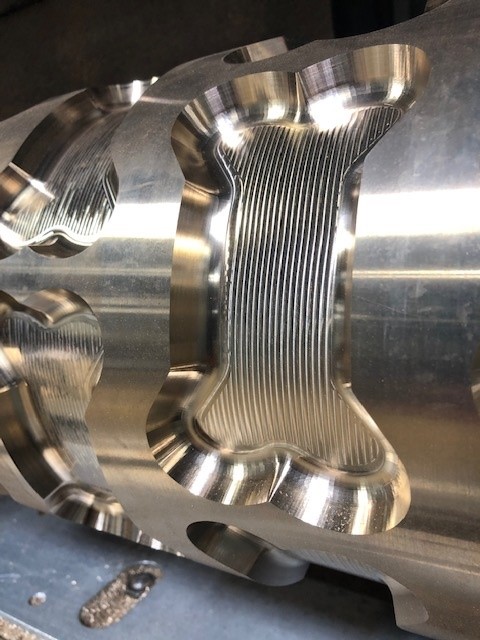 rotary molding
rotary molding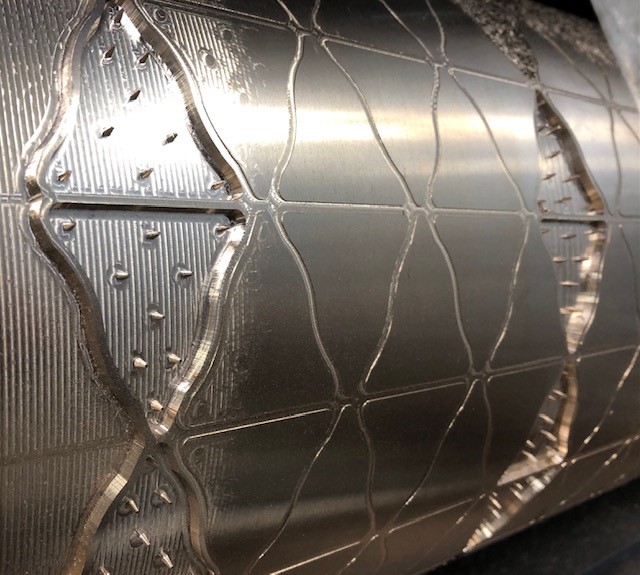 rotary cutting
rotary cutting

